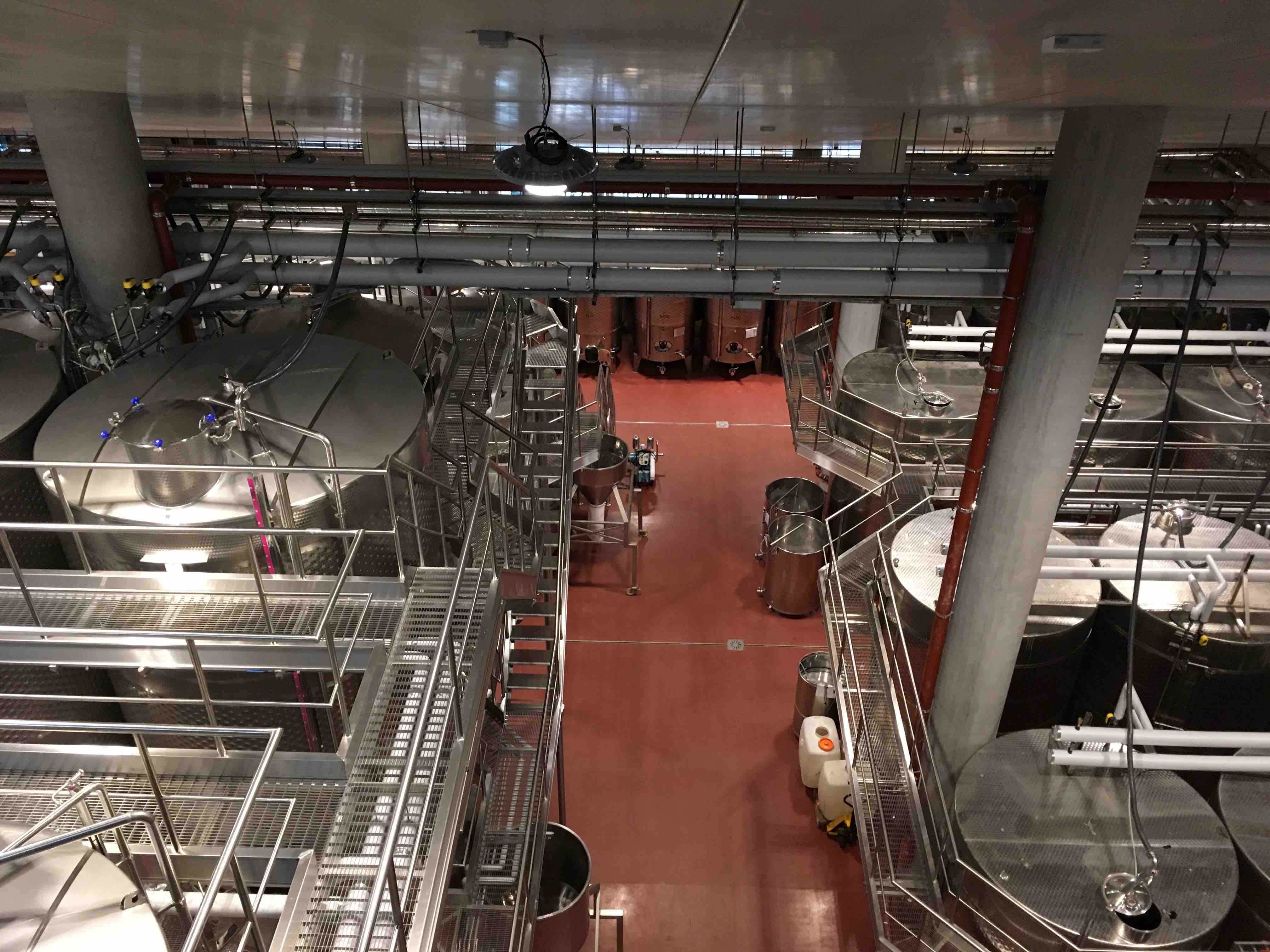
Sárga Muskotály, also known in this country as Yellow Muscat, is a grape variety permitted for production in Tokaji. It gives the wine a strong aroma and a balanced acidity.
Most sweet Tokaji wines are aged for at least two years. Since the 1990s, there has been an increasing number of Tokaji wines that have been matured reductively, i.e. wines that are matured largely without contact with atmospheric oxygen. These wines are already 12 – 18 months after the harvest on sale and are mostly offered as Late Harvest (in Hungarian: Késői Szüretelésű).

 Pantelleria is best known for its capers, which are said to be the best in the world. Belonging geologically to the African continent, the Italian island, also known as the Island of the Winds, is only around 50 km east of Tunisia, but around 100 km south of Sicily.
Pantelleria is best known for its capers, which are said to be the best in the world. Belonging geologically to the African continent, the Italian island, also known as the Island of the Winds, is only around 50 km east of Tunisia, but around 100 km south of Sicily.

 Moscato Rosa del Trentino – called in South Tyrol Rosenmuskateller – a grape variety that is found almost exclusively in northern Italy and especially in South Tyrol, does not come from Sicily, as often claimed in Italy, but most likely from Dalmatia. In this respect, the synonym of the variety Moscato Rosa del Trentino is a bit misleading, as far more than 85% of the approximately 100 hectares of the Italian Rosenmuskateller vineyards are in South Tyrol. Outside Italy you …
Moscato Rosa del Trentino – called in South Tyrol Rosenmuskateller – a grape variety that is found almost exclusively in northern Italy and especially in South Tyrol, does not come from Sicily, as often claimed in Italy, but most likely from Dalmatia. In this respect, the synonym of the variety Moscato Rosa del Trentino is a bit misleading, as far more than 85% of the approximately 100 hectares of the Italian Rosenmuskateller vineyards are in South Tyrol. Outside Italy you … 

 Black Muscat: never heard of it – but maybe already eaten? Muscat Hamburg, as the grape is called in Great Britain, is used in many countries mainly as a table grape, because of its ability to survive long transport routes very well.
Black Muscat: never heard of it – but maybe already eaten? Muscat Hamburg, as the grape is called in Great Britain, is used in many countries mainly as a table grape, because of its ability to survive long transport routes very well.